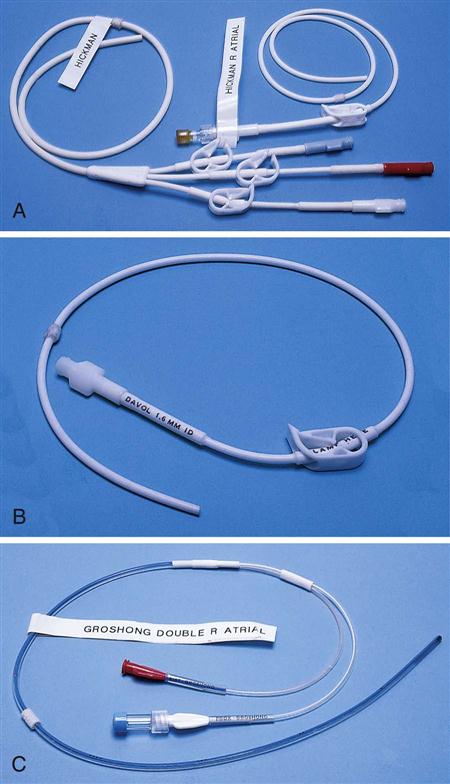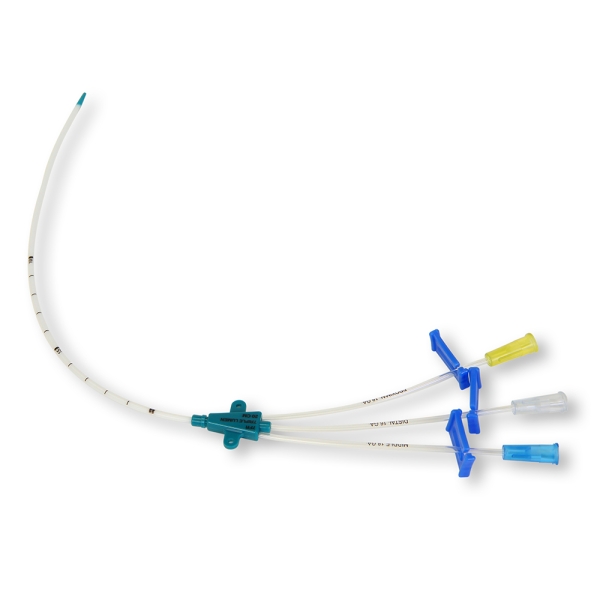
This case posed a unique challenge for CVC replacement that was meted with innovative solution. The left subclavian vein is avoided due to high procedure-related risk and the femoral veins because of their high risk of contamination. After RIJV, the next choices are right subclavian vein and left internal jugular vein (LIJV). The commonly preferred location of insertion of a Hickman's line or a chemo port is right internal jugular vein (RIJV), but one has to look for other options once the line gets infected or occluded. It is common for the indwelling CVCs to get infected in spite of best possible care. While PICC and CVC are less expensive, usable up to a few weeks and can be inserted in the chemotherapy unit itself, Hickman line and chemo port are costlier, can be used from months to a year, and need the assistance of a surgical unit. For this purpose, various devices such as peripherally inserted central catheter (PICC), central venous catheter (CVC), Hickman line, and chemo port (Port-a-Cath) are employed. Wider bore veins, especially the central veins, can receive chemotherapy better as the drug becomes diluted before coming in contact with the vascular endothelium. congenital tracheobronchomegaly (a.k.a.Chemotherapy drugs are known to cause damage to the veins through which they are administered.allergic bronchopulmonary aspergillosis.obliteration of the retrosternal airspace.

deviation of the azygo-esophageal recess.

posterior tracheal stripe/tracheo-esophageal stripe.normal chest x-ray appearance of the diaphragm.neonatal chest x-ray in the exam setting.pediatric chest x-ray in the exam setting.osteophyte induced adjacent pulmonary atelectasis and fibrosis.chronic bilateral airspace opacification (differential).chronic unilateral airspace opacification (differential).acute airspace opacification with lymphadenopathy (differential).acute bilateral airspace opacification (differential).acute unilateral airspace opacification (differential).differential diagnoses of airspace opacification.differential of left paramediastinal catheter positions.peripherally inserted central catheters.evaluation of endotracheal tube position.evaluation of nasogastric tube position.The only difference was one of size, at that time the Broviac catheter was a 6.5 French gauge (Fr) catheter, whilst the original Hickman catheter was 9.6 Fr 3.

He modified the then widely-used Broviac catheter to create the Hickman catheter. He was asked by the bone marrow transplant nurses to create a new catheter for their patients. In the late 1970s, Robert O Hickman (1926-2019) 4, was a Fellow in pediatric nephrology, at the University of Washington in Seattle.

#HICKMAN TRIPLE LUMEN CATHETER SKIN#
Hickman catheters are typically inserted into either jugular vein, and the proximal tubing is tunneled through the subcutaneous tissues to a skin incision on the chest.


 0 kommentar(er)
0 kommentar(er)
